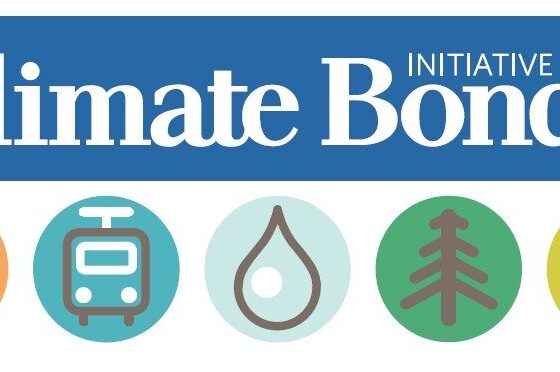

Features
Climate Bonds and UNEP Inquiry Launch Green Bond Policy Report
Last night Climate Bonds and UNEP Inquiry launched Scaling Green Bond Markets – Guide for the Public Sector during a COP21 Side Event at Shearman & Sterling Paris office.
The Guide is the result of a partnership between the Climate Bonds Initiative and the UNEP Inquiry into the Design of a Sustainable Financial System and contains range of specific actions for policy makers in both developed and developing economies.
Accompanying Scaling Green Bond Markets – Guide for the Public Sector is an Annex from the World Bank Group as an additional resource for policymakers in emerging economies to assist them in foundational bond market development.
The Guide contains three broad categories of recommendations on green bond development for public sector policy makers.
Fundamental actions: establishing a green project pipeline; strengthening local bond markets; strategic public green bond issuance and developing green standards.
Proven Support Tools: strategic public green bond investment; credit enhancement; tax incentives and developing instruments to aggregate assets and structure risks.
Innovative Additions: adjusting risk weightings for green investment and preferencing green investments in central bank operations.
Detailed action plans & international best-practice examples on how to grow green bond markets are included to assist in policy development. The application and mix for each country will depend on the specific macroeconomic context and policy priorities.
The findings of this report will also feed into an OECD report on green bonds, to be launched in 2016, and country-specific policy reports under development by the Climate Bonds Initiative.
Sean Kidney, CEO of the Climate Bonds Initiative, said: “This guide can help the public sector in translating aspects of their national INDC objectives into climate finance outcomes. Adding green bonds into the climate finance mix can help the shift of capital to low carbon projects, infrastructure and climate resilient development. Credible, robust and liquid green bond markets can only accelerate the investment directions that INDCs in part, require, to meet individual country targets
“There is clear interest amongst policy makers to scale green bond markets. Here at COP21 green bonds are being identified as a potential new source of climate finance for cities, regions and low carbon infrastructure and projects across many sectors.”
Nick Robins, Co-Director of the UNEP Inquiry, said: “The potential opportunity of the green bond market has caught policy makers’ attention. There are increasingly examples of governments moving from interest to action. China’s central bank has published a range of ambitious policy proposals for green bonds, with official green bond guidelines launching soon. India’s capital markets regulator SEBI just announced green bond guidelines. In the EU, supporting green bond standards is included in Capital Markets Action Plan.”
“At COP21 many discussions have centered around climate finance and the level of investment needed to bring about low carbon outcomes. Green bond market development is seen as a real option. This report can only assist governments, policy makers and ultimately institutional investors in developing sustainable climate finance outcomes.”


 Environment10 months ago
Environment10 months agoAre Polymer Banknotes: an Eco-Friendly Trend or a Groundswell?

 Environment11 months ago
Environment11 months agoEco-Friendly Home Improvements: Top 7 Upgrades for 2025

 Features9 months ago
Features9 months agoEco-Friendly Cryptocurrencies: Sustainable Investment Choices

 Features10 months ago
Features10 months agoEco-Friendly Crypto Traders Must Find the Right Exchange






























